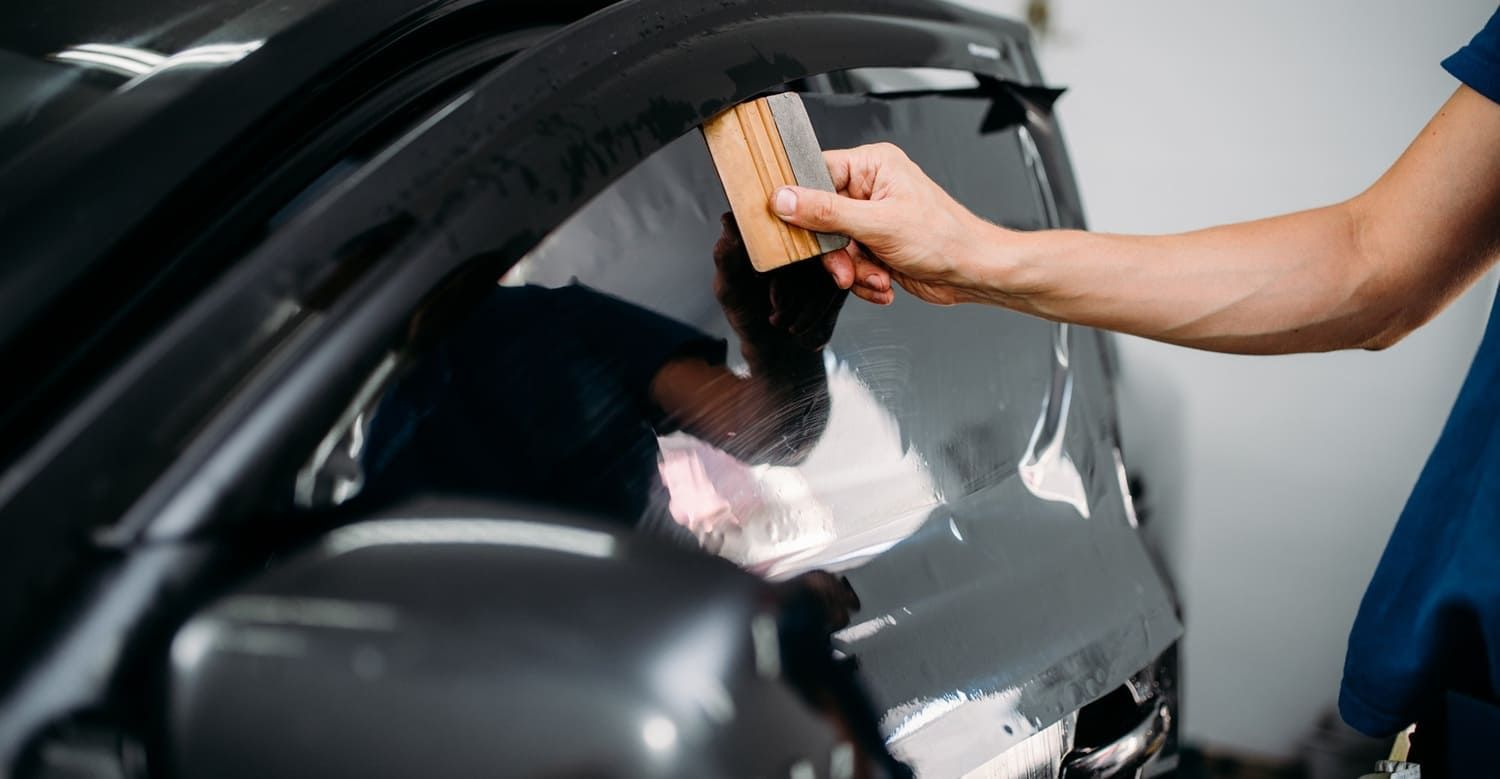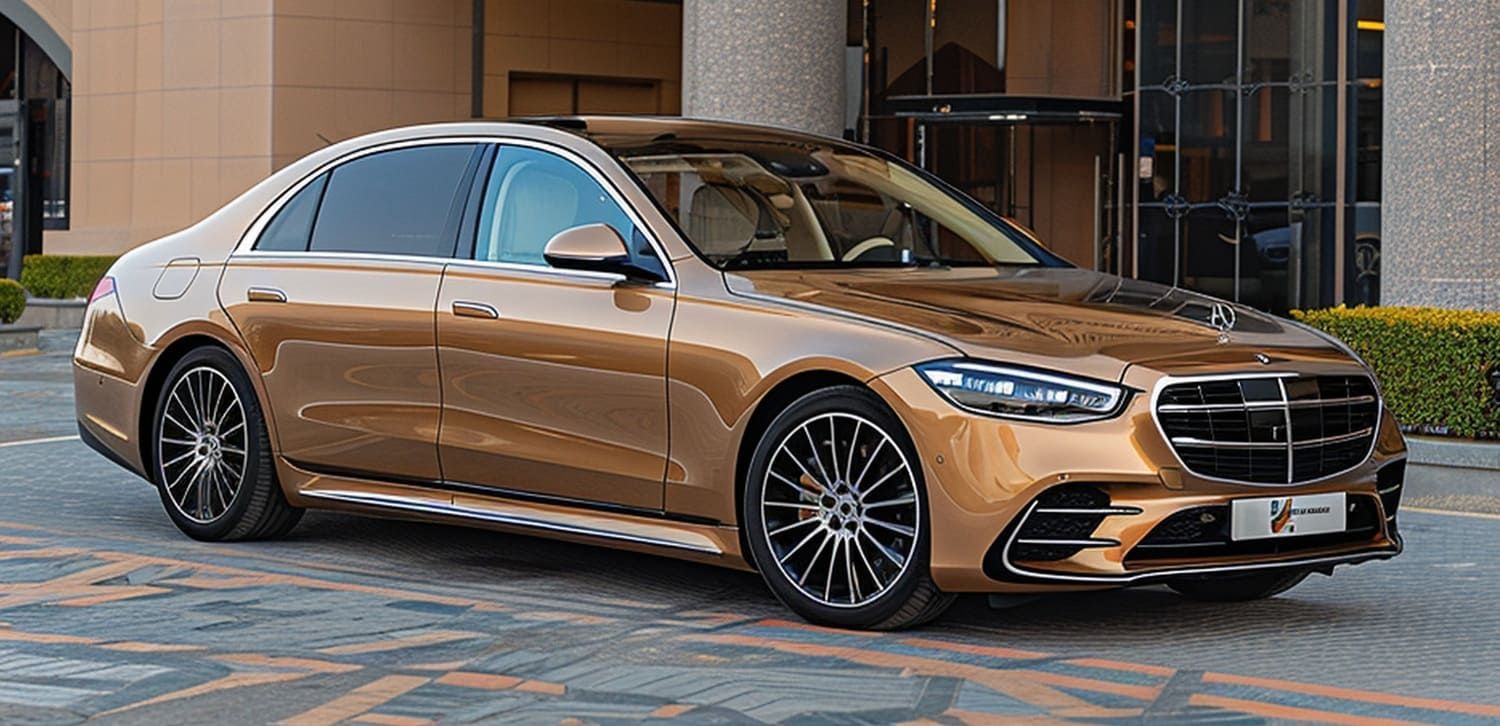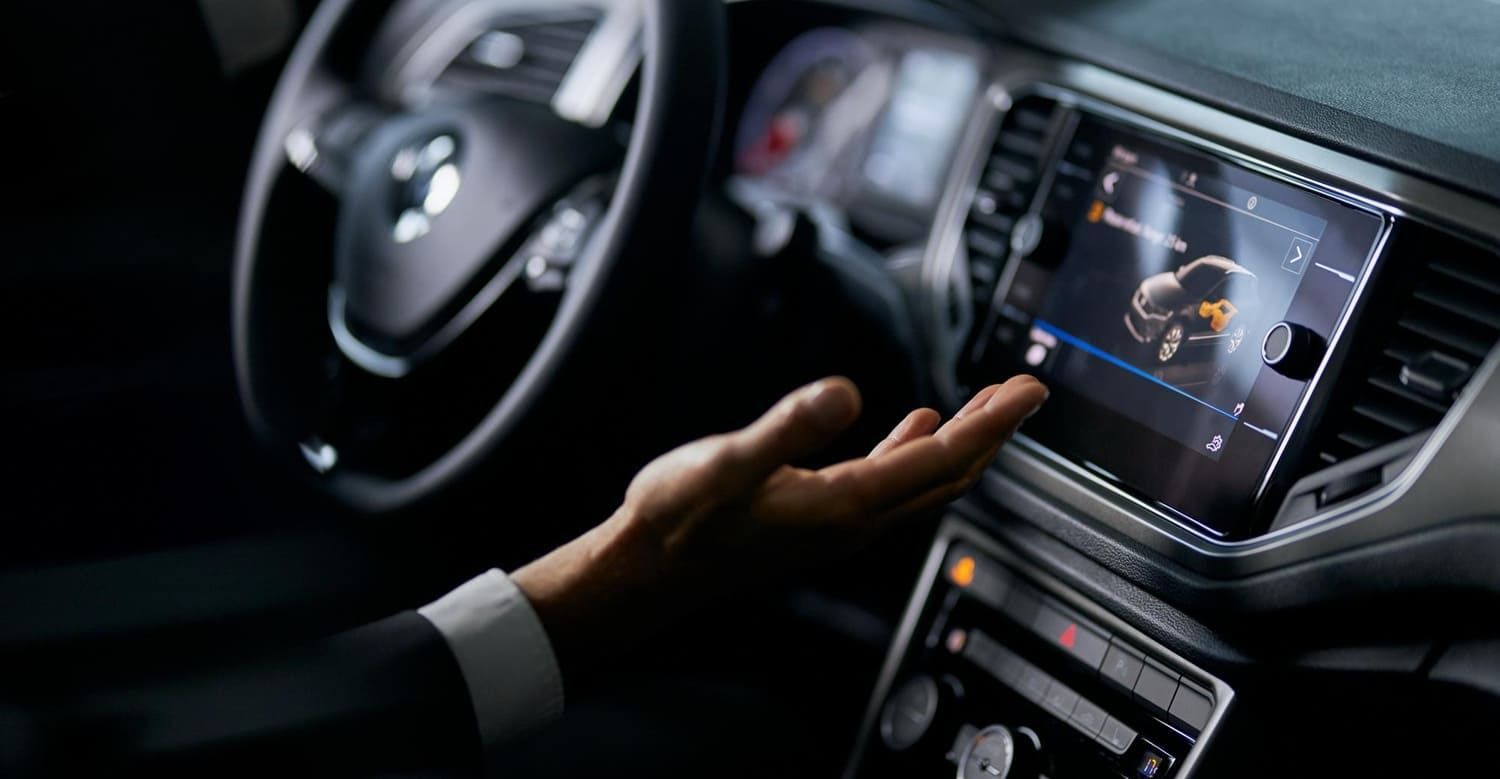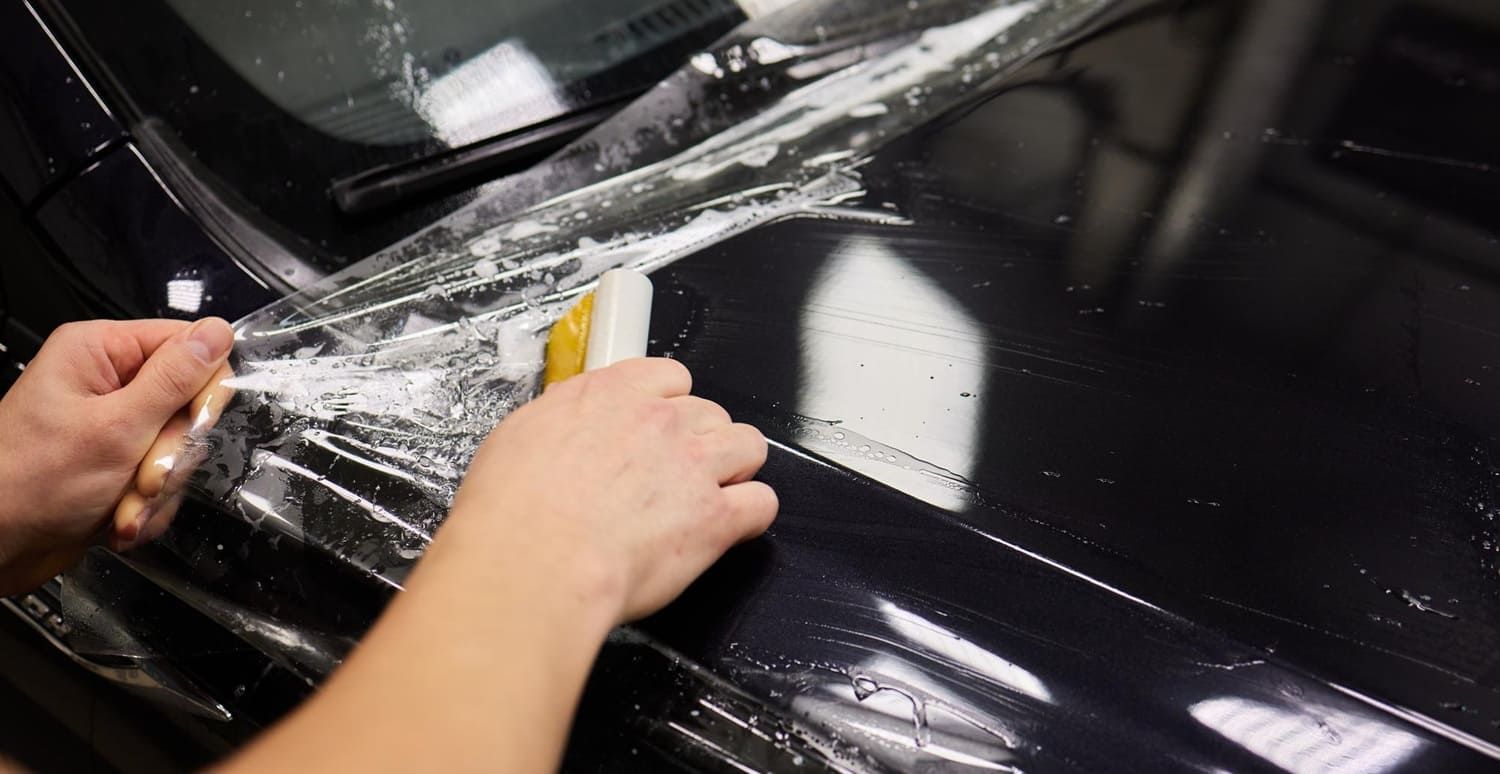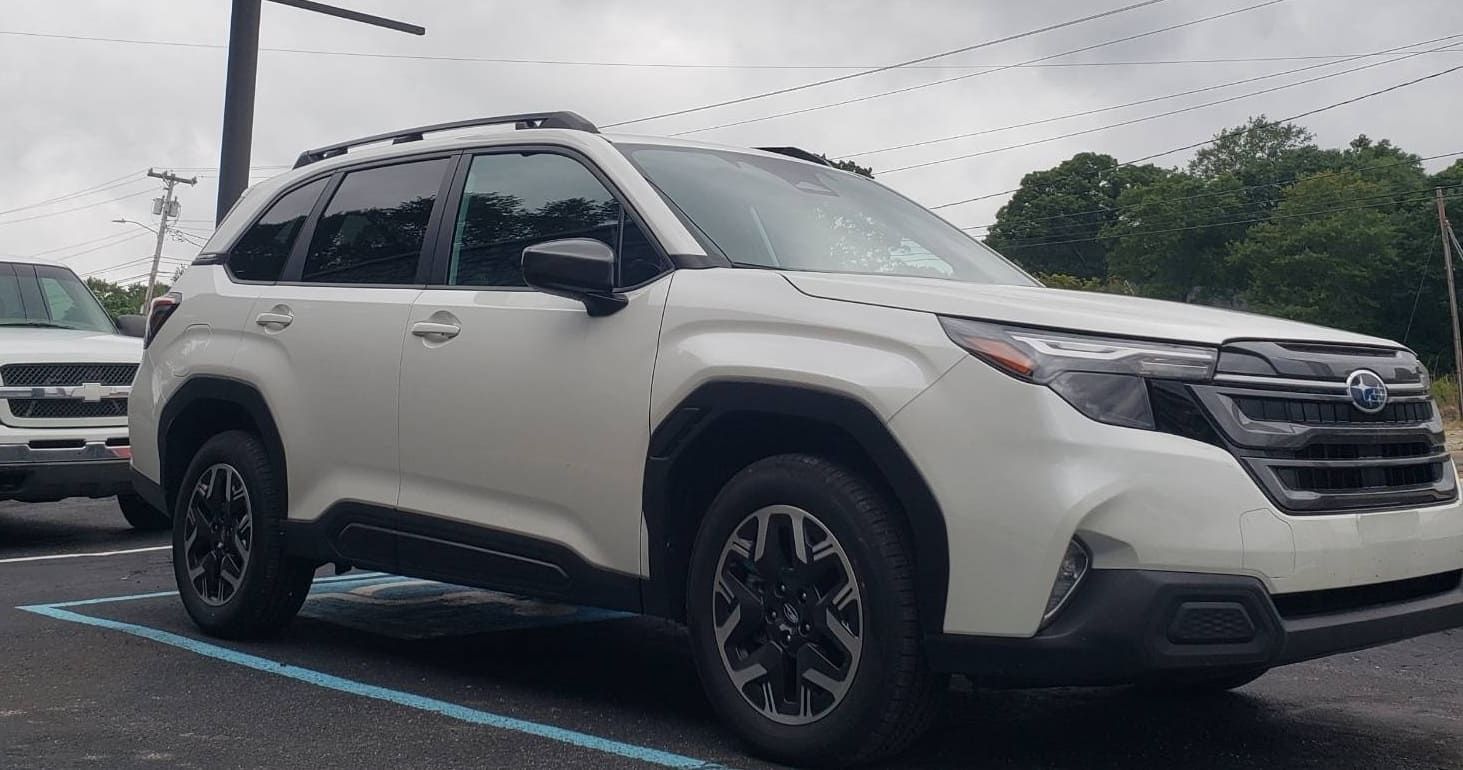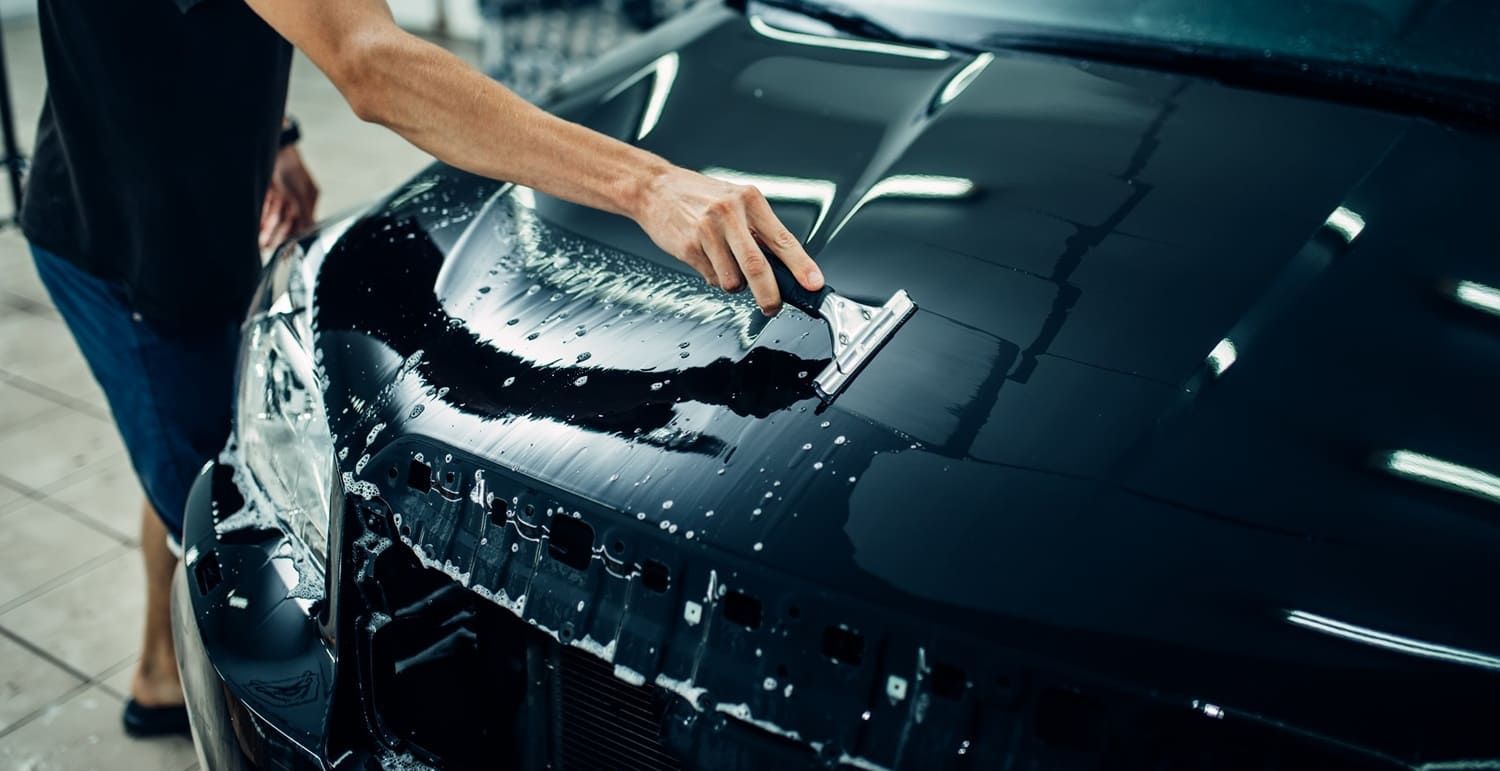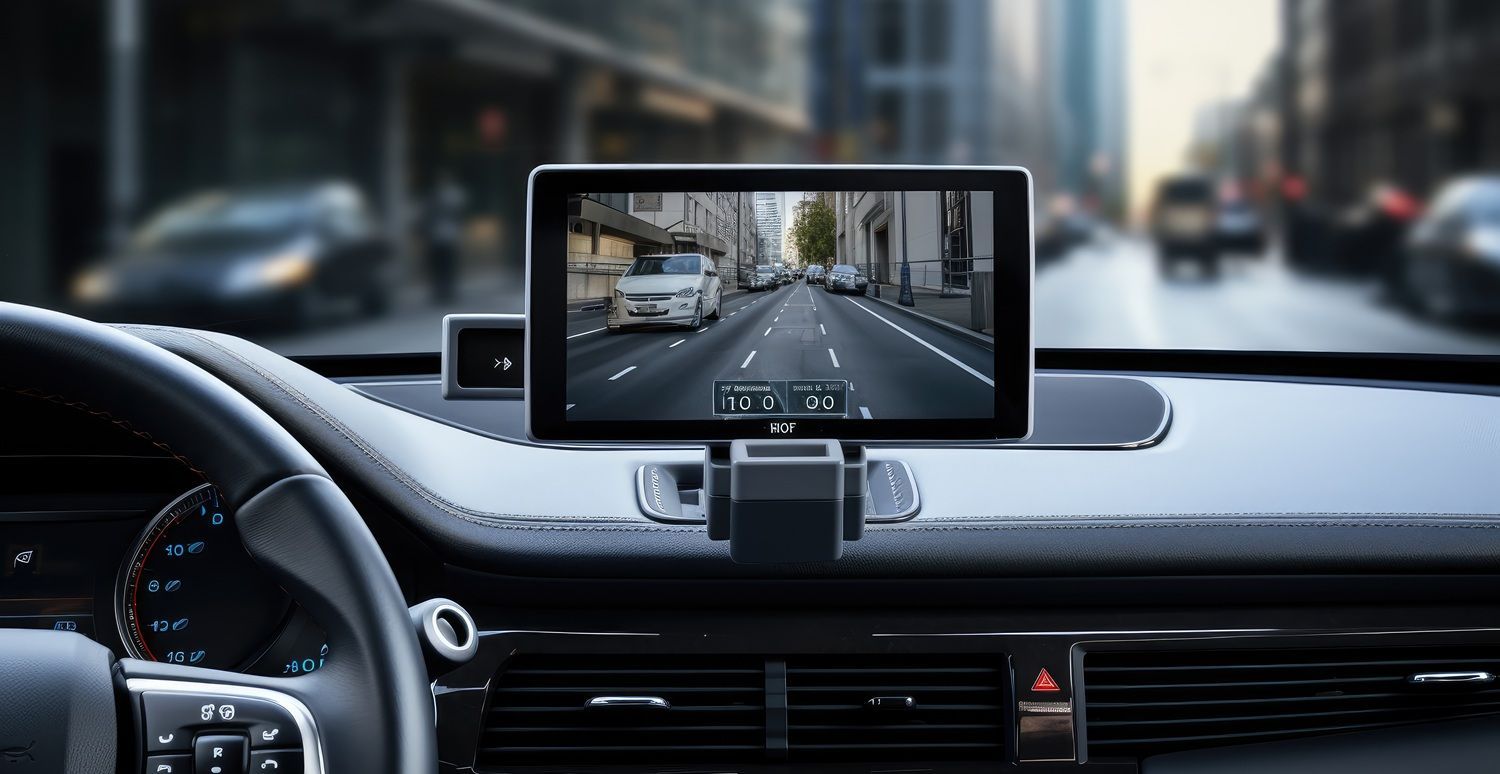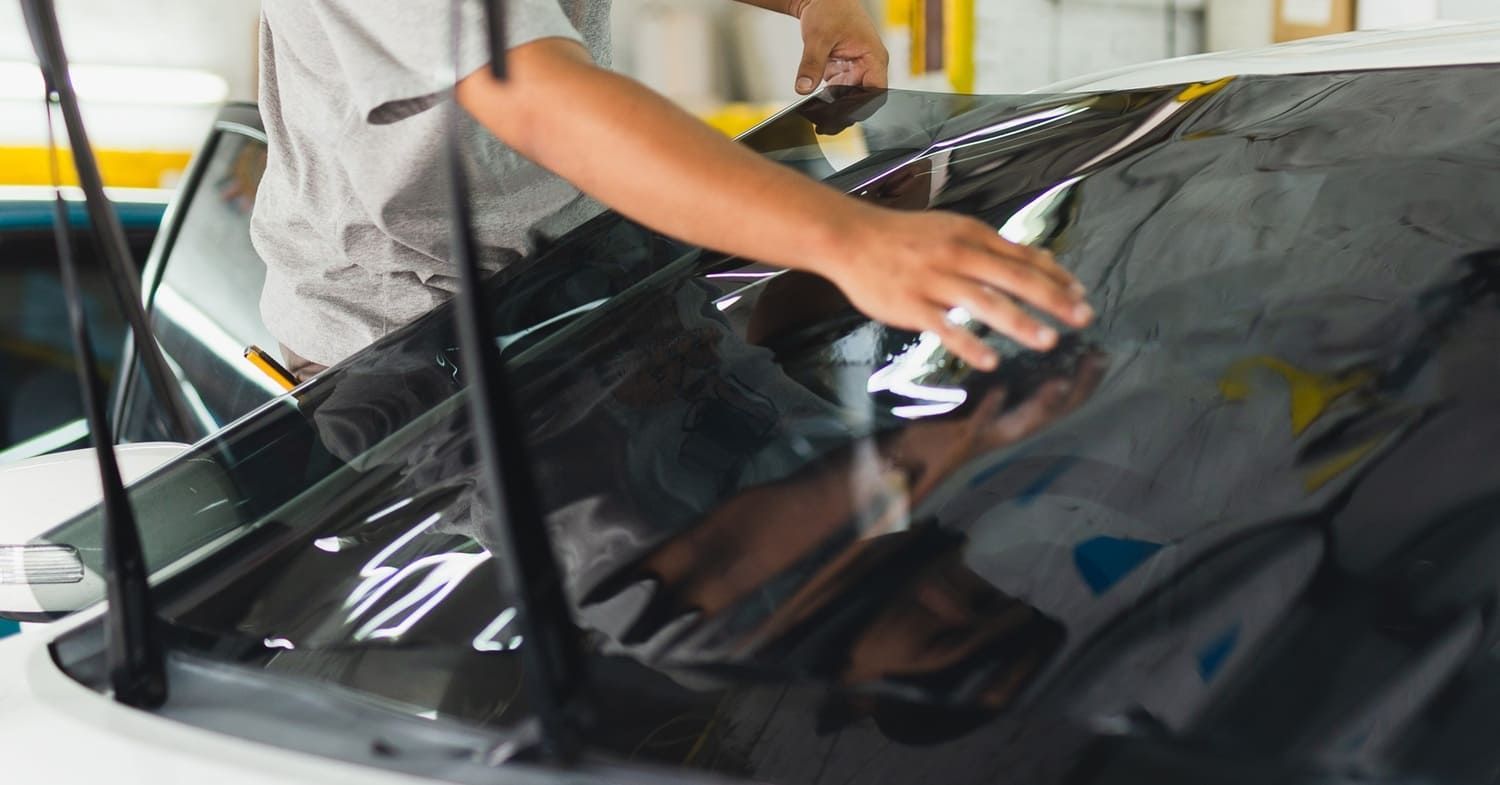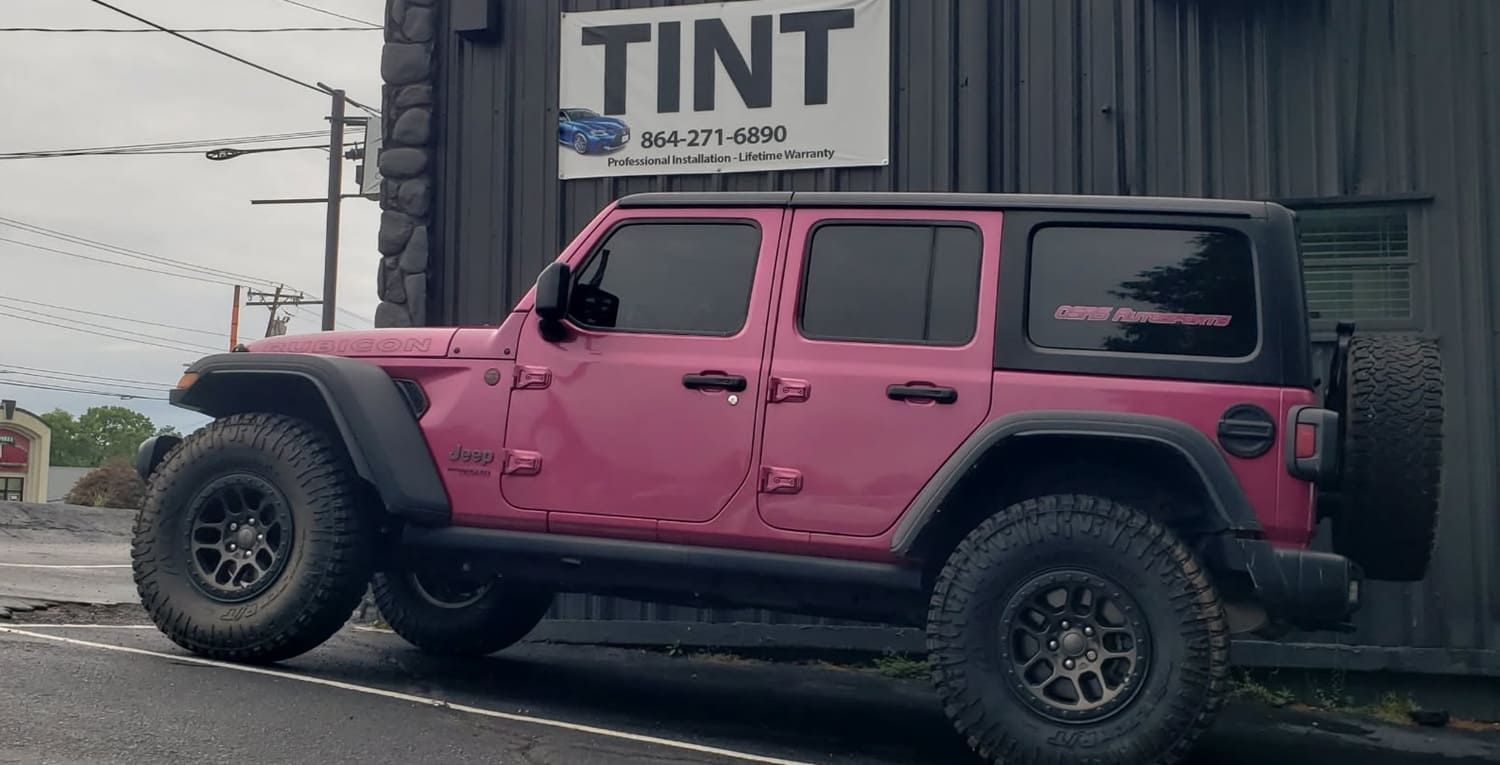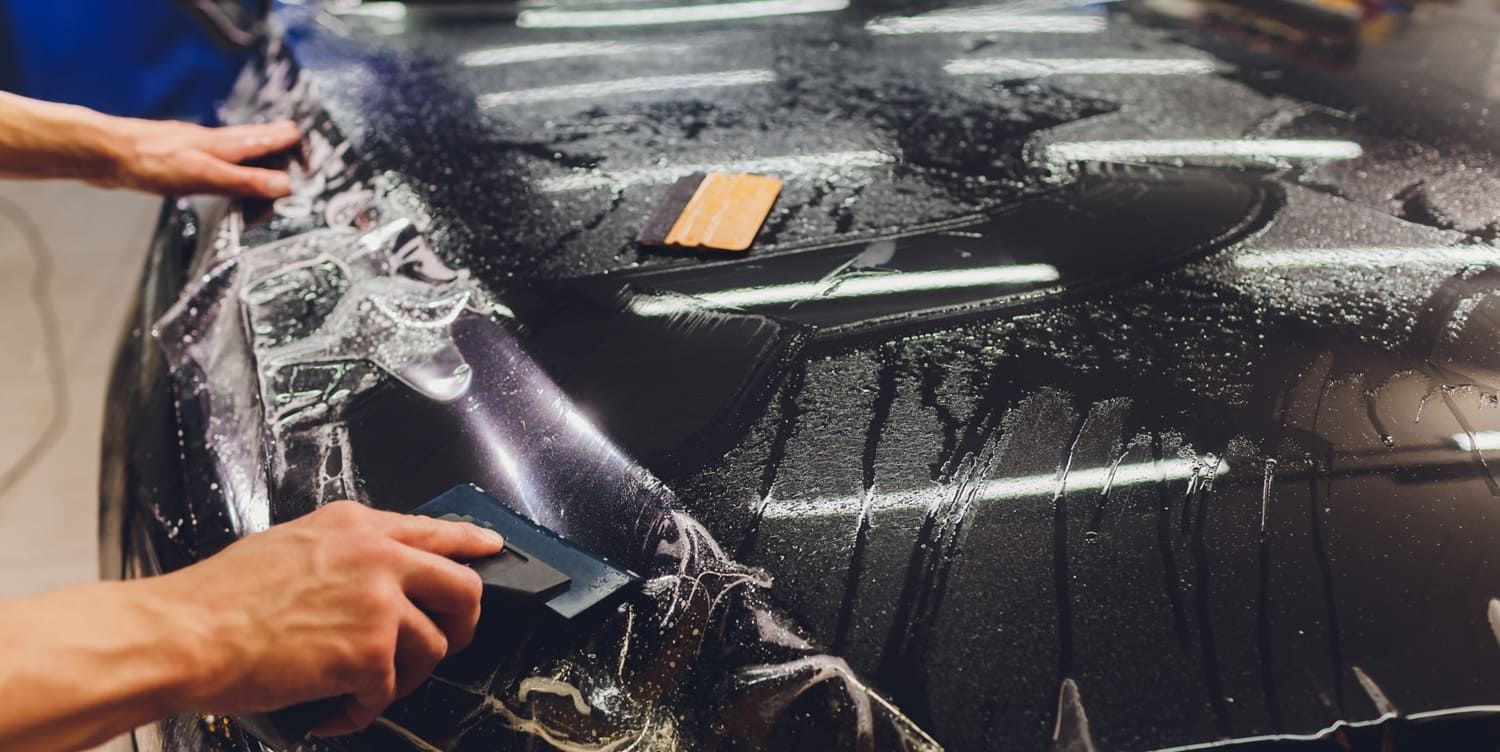Avoid These Common Car Tinting Mistakes
Tinting your car windows can significantly enhance the appearance and functionality of your vehicle. It can provide privacy, reduce glare, and protect against harmful UV rays. A well-applied tint can also help maintain a cooler interior temperature, which is especially beneficial during hot summer months. However, if not done correctly, window tinting can lead to a host of problems that may cost you time and money to fix. These issues can range from aesthetic problems, such as bubbling and peeling, to more serious legal concerns if your tint does not comply with local regulations. In this article, we'll explore common car tinting mistakes and how to avoid them, ensuring a smooth and successful tinting experience.
One of the most common mistakes people make is selecting the wrong type of tint for their car. Not all tints are created equal, and choosing the right one depends on your needs and local regulations. For example, some tints are specifically designed to enhance privacy, while others focus on blocking UV rays and heat. Here's how to make the right choice:
- Understand the Options: Tints vary in terms of material and quality. Familiarize yourself with options like dyed, metalized, hybrid, and ceramic tints. Dyed tints are more affordable but may fade over time, while ceramic tints offer superior heat reduction and clarity. Each type has its pros and cons, so consider what features are most important to you.
- Check Local Laws: Each state or region has specific laws regarding tint darkness and reflectivity. These laws are in place to ensure visibility and safety on the road. Be sure to check these regulations to avoid fines or having to remove the tint. Ignoring these laws can result in hefty fines and even require you to remove the tint, negating your investment.
- Consider Quality Over Price: While it might be tempting to go for the cheapest option, investing in a high-quality tint can save you from problems like bubbling or fading. High-quality tints not only last longer but also maintain their appearance and performance over time, providing better value in the long run. Remember, you get what you pay for, and with tints, the initial investment can prevent future headaches.
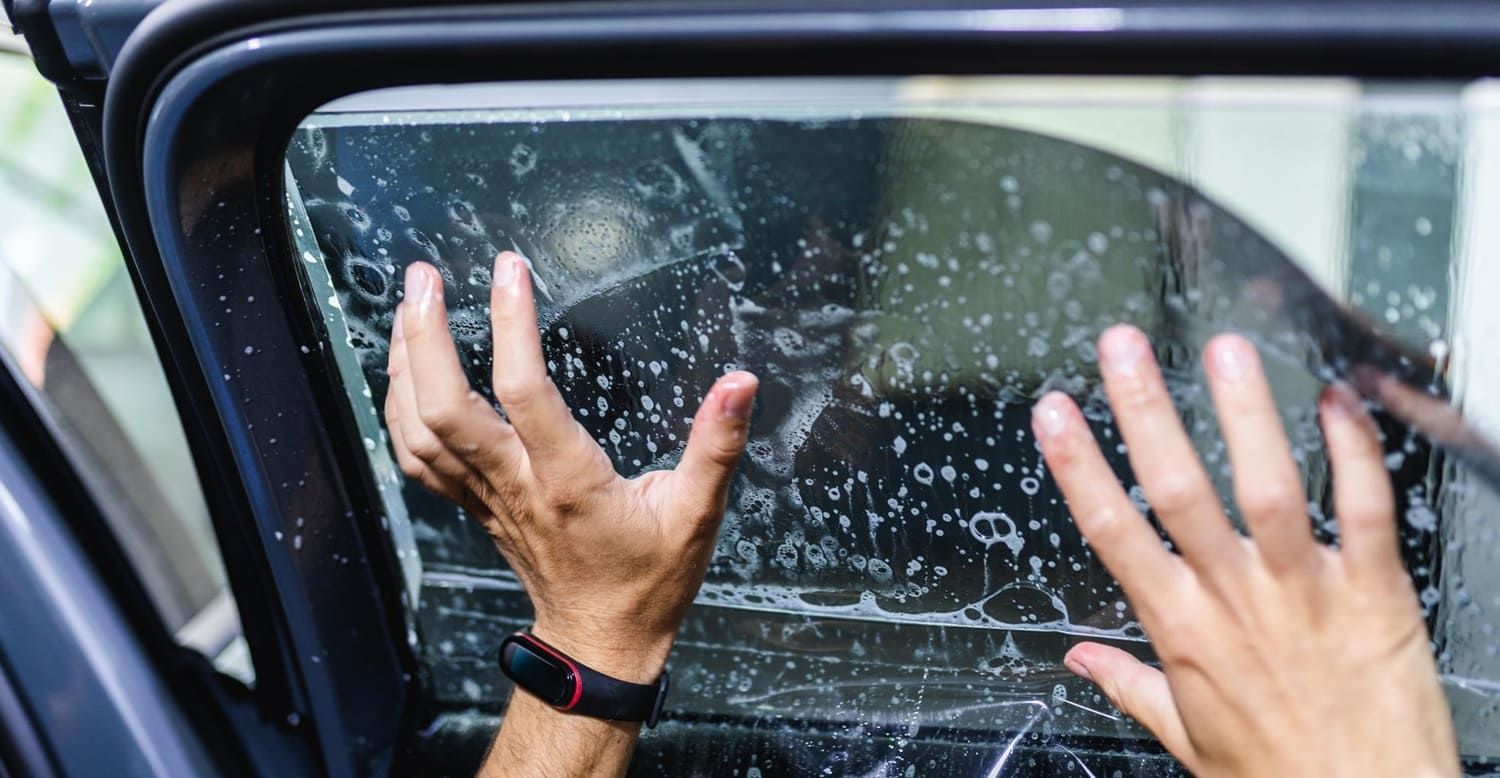
DIY Tinting: Think Twice
Many car owners are tempted to tint their windows themselves to save money. While DIY tinting kits are available, they often lead to unsatisfactory results. DIY might seem like an attractive option for those who enjoy working on their cars, but it often comes with unforeseen challenges. Here's why:
- Lack of Experience: Properly applying window tint requires precision and skill. Without experience, you may end up with air bubbles, creases, or peeling edges. These imperfections can detract from the appearance of your vehicle and may even require professional reapplication, costing more than a professional job would have initially.
- Quality of Materials: DIY kits often come with lower-quality tint films that may not last as long as professional-grade options. These films can degrade quickly under exposure to sunlight and weather conditions, leading to fading and discoloration. Investing in a professional service often means access to superior materials that withstand the test of time.
- Warranty Issues: Professional installations often come with warranties that protect your investment. DIY projects typically do not offer such guarantees. A warranty can provide peace of mind, knowing that any issues with the tint can be addressed without additional cost. Without a warranty, any mistakes or failures will be solely your responsibility to fix.
Poor Surface Preparation
Preparing the car windows properly before tint application is crucial for a smooth finish. Proper preparation ensures that the tint adheres correctly and maintains its appearance over time. Here are some common preparation mistakes:
- Incomplete Cleaning: Any dirt, dust, or grease on the windows can cause the tint to bubble or peel. Use a high-quality cleaner to ensure the surface is spotless. Even small particles can create imperfections, so take the time to clean thoroughly. A well-prepared surface is essential for a professional-looking finish.
- Ignoring Old Tint: If your car already has an old tint that needs replacing, make sure it's removed entirely before applying a new one. Residual adhesive from old tints can interfere with the new application, leading to poor adhesion and a patchy appearance. Removing old tint can be a tedious process, but it's necessary for optimal results.
Incorrect Application Techniques
Applying the tint correctly is a delicate process. Attention to detail during application can make the difference between a flawless finish and a flawed one. Here are some application mistakes to avoid:
- Wrong Cutting Technique: Cutting the tint film to fit your window is tricky. It's essential to cut the tint slightly larger than the window and then trim it to size once it's applied. This method ensures a perfect fit and prevents gaps along the edges. Cutting too small can result in visible gaps and reduced effectiveness.
- Trapping Air Bubbles: Use a squeegee to smooth out air bubbles as you apply the tint. Otherwise, bubbles can form, leading to unsightly wrinkles. Bubbles not only look bad but can also weaken the tint's adhesion over time. Taking the time to remove bubbles ensures a smooth, professional appearance.
- Neglecting to Heat Shrink: For curved windows, heat shrinking the tint film allows it to conform perfectly to the glass surface. Without this step, the tint may not sit flush against the window, leading to creases and gaps. Heat shrinking helps the film adhere closely to the contours of the window, providing a seamless finish.
Skipping Professional Help
While DIY projects can be rewarding, car tinting is one area where professional help is often the best route. Professional installers bring expertise and high-quality materials that can be hard to replicate at home. Here's why:
- Expertise and Experience: Professional installers have the experience needed to apply tint flawlessly, avoiding common pitfalls. They understand the nuances of different vehicles and can tailor their approach to each specific make and model. Their expertise can save you time and frustration.
- Quality Tools and Materials: Professionals use high-quality materials and tools, ensuring a longer-lasting finish. Access to professional-grade tools can make a significant difference in the quality of the application. These tools are often too expensive for a single DIY project, making professional services more cost-effective.
- Warranty and Assurance: A professional installation often comes with a warranty, giving you peace of mind. Knowing that any issues will be covered by the installer reduces the risk and stress associated with the project. A warranty is a testament to the quality and confidence of the service provided.
Not Allowing Proper Cure Time
After applying the tint, it's crucial to let it cure properly to avoid problems. Proper curing is essential for the tint to adhere fully and perform as expected. Here are some tips to ensure proper curing:
- Avoid Rolling Down Windows: Keep your windows rolled up for at least a few days to allow the tint to adhere fully. Rolling down the windows too soon can disrupt the adhesion process, leading to peeling and bubbling. Patience during this period is key to a successful tint application.
- Prevent Moisture Exposure: Avoid washing your car or letting it get wet during the curing period to prevent the tint from peeling or bubbling. Moisture can weaken the adhesive, causing the tint to lift or bubble. Protecting your vehicle from rain and car washes will help the tint cure properly and last longer.
Ignoring Maintenance
Proper maintenance is essential to prolong the life of your window tint. Regular care can keep your tint looking new and performing well for years. Here are some maintenance tips:
- Use the Right Cleaning Products: Avoid ammonia-based cleaners, which can damage the tint. Use a mild soap and water solution instead. Ammonia can break down the tint film over time, leading to discoloration and damage. Choosing the right products ensures the longevity of your tint.
- Be Gentle: When cleaning tinted windows, use a soft cloth to avoid scratching the film. Abrasive materials can scratch the surface, diminishing the tint's appearance and effectiveness. Gentle cleaning preserves the clarity and integrity of the tint, keeping your windows looking their best.
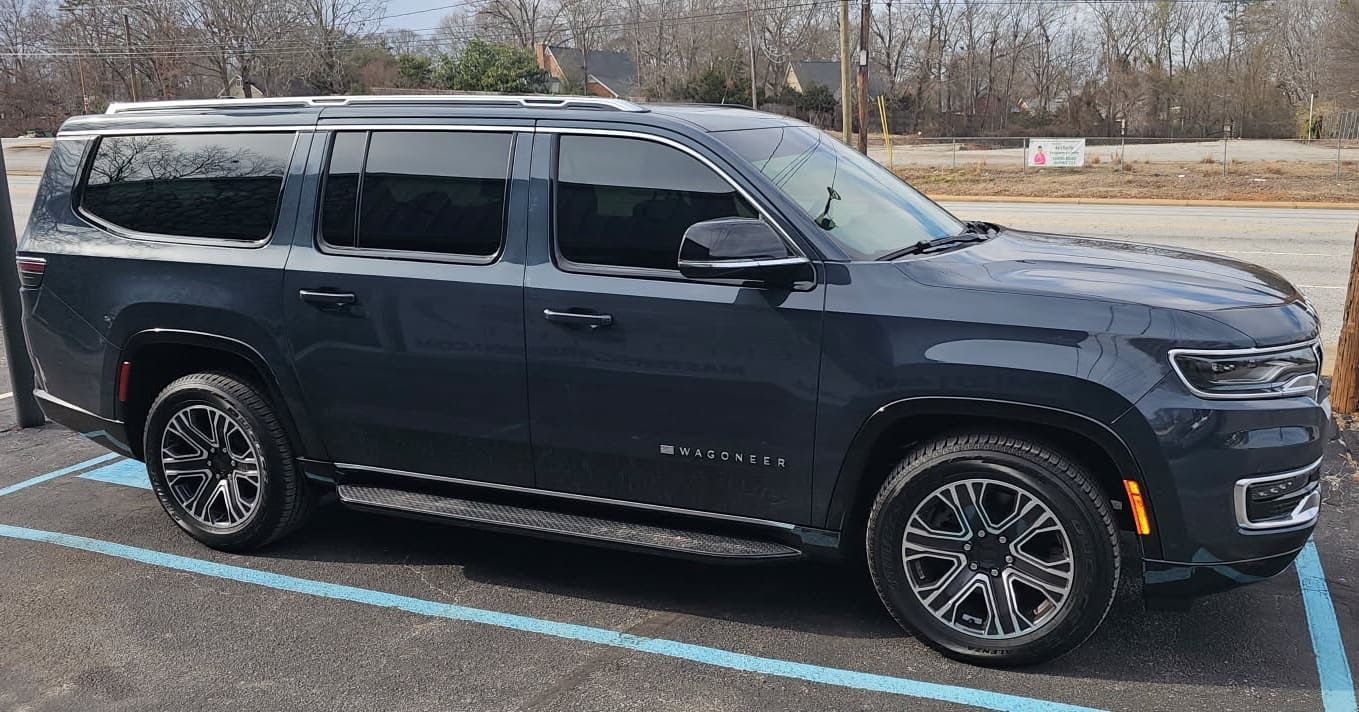
Understanding the Benefits of Professional Products
Brands like Llumar offer high-quality tinting options that provide long-lasting results. Investing in professional-grade products can enhance the performance and appearance of your tint. Here's why opting for professional-grade products is a smart choice:
- Superior UV Protection: Llumar tints offer excellent protection against UV rays, helping to preserve your car's interior. By blocking harmful rays, these tints prevent fading and damage to upholstery and dashboards. Superior UV protection ensures your car's interior remains vibrant and intact.
- Enhanced Durability: These tints are designed to withstand the elements and resist fading over time. High-quality tints maintain their appearance and effectiveness, even after years of exposure to sunlight and weather conditions. Enhanced durability means fewer replacements and a better return on investment.
- Improved Aesthetics: Professional products often have a more polished appearance compared to cheaper alternatives. They provide a sleek, uniform look that enhances your vehicle's overall appearance. Investing in professional products ensures your tint not only performs well but also looks great.
Conclusion
At Masters Car Stereo & Tint, your trusted LLumar dealer and best window tinting installers near you serving Greenville, SC, we help vehicle owners enhance their ride with expert car window tinting—while helping you avoid the common mistakes that can lead to issues later on.
Selecting the right tint, preparing window surfaces properly, and trusting professional installation are all key steps to achieving optimal results. It’s also crucial to follow local tint laws and maintain your tint over time to ensure durability and performance.
With the right guidance and high-quality products like LLumar window films, you’ll not only improve your car’s appearance, but also enhance comfort, UV protection, and driving safety.
Contact Masters Car Stereo & Tint today for a free estimate, and make a smart investment in your vehicle’s style, performance, and long-term value with professionally installed window tint.
FAQs About Common Car Tinting Mistakes and How to Avoid Them
What are the most common mistakes people make with car window tinting?
The most frequent issues include choosing the wrong tint shade, DIY installations, using low-quality film, ignoring local tint laws, and not allowing proper curing time.
Why is using cheap window film a bad idea?
Low-quality tint often fades, bubbles, peels, and provides poor UV and heat protection, costing more in the long run due to early replacement.
Is DIY car tinting a good idea?
Unless you’re experienced, DIY tinting can lead to wrinkles, gaps, dust contamination, and improper adhesion, which affects both appearance and performance.
How do I know which tint shade is legal in my area?
Always check state-specific tint laws. Many states, like Arizona, have specific VLT (Visible Light Transmission) limits for each window.
What happens if I tint my car darker than the legal limit?
You risk fines, vehicle inspection failure, and may be required to remove or replace the film—costing you additional time and money.
Why is cleaning the glass before tinting so important?
Dirty glass leads to trapped dust, air bubbles, and poor film adhesion, which can make the tint look unprofessional and reduce longevity.
Can I roll down my windows right after tinting?
No. Doing so can peel or shift the film. Wait at least 48–72 hours after installation to ensure the adhesive has properly set.
What’s a common mistake during the curing period?
Touching, cleaning, or rolling down windows too soon can ruin the tint job. Allow the film to fully cure before applying any pressure.
Is it a mistake to skip tint on the rear windshield or smaller windows?
Yes. Skipping windows creates uneven appearance and reduces overall heat and UV protection in the cabin.
Why do some tint jobs peel or bubble quickly?
This usually happens when cheap film is used or the installer lacks experience. Poor prep and improper heat shrinking also contribute.
Do all tinting shops offer the same quality of service?
No. Always choose a licensed, experienced tint installer who uses name-brand films and offers warranties.
Can I use ammonia-based cleaners on tinted windows?
No. Ammonia breaks down the adhesive and can discolor or crack the film. Use a tint-safe, ammonia-free glass cleaner only.
Why is proper film alignment important?
Misaligned film looks sloppy and may not fully cover the glass, leaving gaps that allow UV and heat in, defeating the purpose.
Is choosing the darkest tint always the best option?
Not necessarily. Darker isn’t always better—some high-end ceramic tints block more heat even at lighter shades and comply with legal limits.
How important is post-installation care?
Very. Proper care—including avoiding harsh cleaners, excessive pressure, and allowing full cure time—helps preserve the film’s look and performance.
Can I layer multiple tint films for extra protection?
No. Stacking films can cause clarity issues, heat retention, and legal problems. Choose the right film type instead of doubling up.
What’s a sign of a poor tinting job?
Look for bubbles, creases, dust specks, uneven edges, or peeling corners—all signs of rushed or unprofessional installation.
Is it okay to tint over defroster lines?
Yes, but it requires precision and care to avoid damaging the lines. Improper installation may reduce rear defroster function.
How can I avoid car tinting mistakes as a first-time customer?
Research local laws, choose a reputable installer, ask for a film sample or demo, and follow all aftercare instructions to the letter.
What should I ask my tint installer to ensure quality?
Ask about film brand, warranty coverage, experience level, and legal compliance. Also request before-and-after photos of past work.


